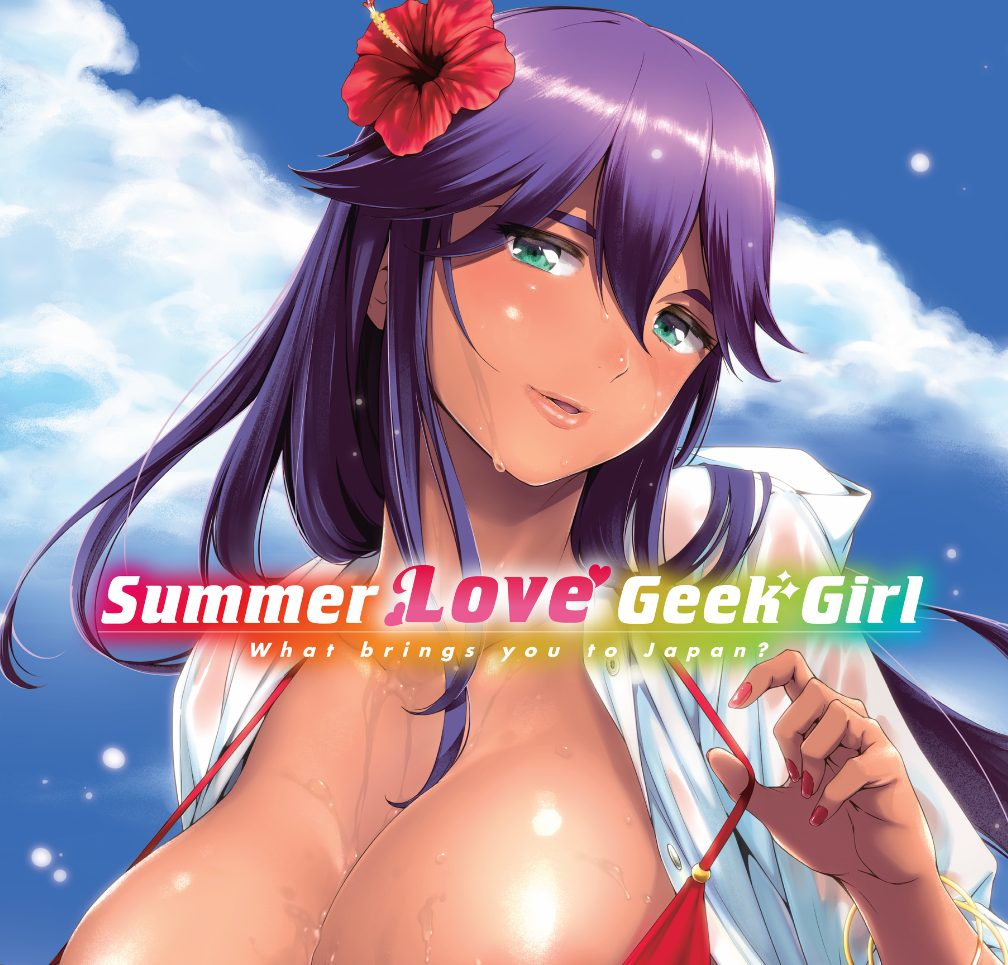In celebration of the first photograph of a black hole ever taken — an amazing achievement I wish Carl Sagan and Stephen Hawking could have witnessed — I thought I’d make a list of the top 12 top hard SF anime series which help make anime a special place.
Science fiction has always gone well with animation. Before any of us had much of an idea what anime was, the classic Star Trek The Animated Series (1973-1974) was able to show aliens and space battles that couldn’t have been feasibly portrayed in the original live-action series back in the 1960s. As anime rose in popularity in the West, it was natural that series about intergalactic space battles and transforming robots and strange technology and cybernetic robot girls would become a staple.
I’m a huge fan of science fiction novels, and have read hundreds of books. I re-read my favorites, the Dune books and Joe Haldeman’s The Forever War and the Hyperion Cantos (which every Haruhi fan should read) often. I’m a card-carrying time travel/time dilation story geek, and the best book I’ve read in this genre is The Time Ships by Stephen Baxter, a sequel to The Time Machine that’s received the blessing of H.G. Wells’ descendants, making it official canon.
And so, in no particular order, here are my picks for the top 12 Hard SF anime series.
Space Battleship Yamato (Star Blazers)
The series that changed my life as much as Star Wars, which is really saying something. Earth is being bombed into submission by deadly radiation bombs, and the Yamato (the Argo in the U.S. release Star Blazers) has one year to travel to Planet Iscandar and back to get the “Cosmo-Cleaner D” which can heal the Earth of its radiation and save humanity. Yes, it’s a pretty clear allegory of Japan being bombed during WWII.
While the 1974 original is wonderful, the Space Battleship Yamato 2199 and sequel Yamato 2202 have been all that any fanboy could have ever asked for, updating the story with dramatic new story elements while leaving everything that was good intact. And, because the world is what it is, they added some fan service. Check out the re-makes!
Ghost in the Shell: Stand Alone Complex
I feel bad for anyone trying to make a serious Cyberpunk story after Ghost in the Shell: Stand Alone Complex, two seasons of nearly perfect genre-defining animation from 2002. While the original GitS film from 1995 is an amazing classic, I prefer the Stand Alone Complex stories.
Serial Experiments Lain
One of the great mindfucks of the late 1990s was Serial Experiments Lain, a gorgeous series from Yoshitoshi ABe and Ryutaro Nakamura, about a girl named Lain Iwakura who roams a computer network called the Wired in a story that will get you thinking deeply about the nature of consciousness and reality. We’ve never seen anything like it outside of the novels of Neal Stephenson.
Neon Genesis Evangelion
You could easily divide all anime into two camps, before and after 1995’s Evangelion, so great was its influence. The story of a world that’s recovering from a near-extinction event called the Second Impact, and now finds itself under attack by Angels — strange mecha whose coming was foretold in the Dead Sea Scrolls. The blending of deep story and bold ideas made a lasting impression on fans, and for years after the industry was in a “post-Eva” period when every creator could only copy the show’s ideas and tropes. While the remake movies are great for casual fans, I recommend serious fans check out the original 24 episode series instead, as it’s much longer and deeper than the films.
Steins;Gate
As a serious fan of the time travel genre (see above), it was a huge honor to be involved with publishing Steins;Gate in English for the PC. One of the best stories of its kind ever told, Steins;Gate is the story of a group of young scientists who discover a way to send messages, and later consciousness, into the past. They end up creating a dark future of war and death, and need to find a way to make things right. Despite its extremely serious story, it’s an extremely fun series filled with anime and otaku references all fans will enjoy.
Knights of Sidonia
The 2014 anime series Knights of Sidonia qualifies as a hard SF anime series for two reasons. First, it tells a bold story set in the year 3394, with humans fleeing a shapeshifting alien race aboard a ship called the Sidonia. They survive in the darkness of space through cloning, human photosynthesis, and asexual reproduction. One day a hero named Tanikaze, who was raised in secret by his grandfather, and as such is an outsider to the clone culture of everyone else, comes to deliver humanity from its struggle. Secondly, the show was one of the few series interesting enough to keep me watching despite the awful (in my opinion) “cel-look CGI animation system” made by a company called Graphinica, which I am decidedly not a fan of.
Mobile Suit Gundam
I’m the biggest Macross fan you’ll ever meet, but I’m keeping that series off this list because its main contribution was transforming robots and blending 1980s pop idols into the anime world in an overall fun setting. Since this is a list about the top hard SF anime series, I think Mobile Suit Gundam accomplished much more by showing a serious vision for a possible future of humans living (and fighting wars) in space.
As I’ve written before, Macross is to Star Wars as Gundam is to Star Trek. Macross is a “fun” series in which you can win an intergalactic war with a simple love song, while Gundam is a much more reality-focused attempt to ask questions about mankind’s future.
Planetes
If you’re a fan of Gundam, you’ll almost surely love Planetes. Also made by Sunrise, Planetes is the story of the Space Debris Section, whose job it is to clean up scrap and garbage in orbit. It’s basically “Gundam without the Gundams,” telling a serious story about humans in space with many of the same elements, for example obsessively moving the story from orbit, then down to Earth, then back into orbit, then to Luna, as seen in most Gundam series. I recommend it.
The Melancholy of Haruhi Suzumiya
Another gem of an anime series, it’s the story of a depressed high school girl who’s obsessed with time travelers, aliens, and espers… so naturally, time travelers, aliens, and espers promptly blink into existence specifically so she can interact with them. One of the boldest anime shows ever, the series was originally broadcast with episodes out of order just to confuse fans. Even the hated Endless Eight was a fresh and unique concept. I consider Haruhi to be the pinnacle of the trend in “light novel-derived” anime, and The Disappearance of Haruhi Suzumiya film to be the single best anime film.
Cowboy Bebop
There’s an interesting category of “anime that got more popular outside of Japan than inside,” when a show has far more influence internationally than with fans in Japan. One example is Cowboy Bebop, which was hailed around the world as the best anime since Akira. It’s a gorgeous story of bounty hunters that’s more of a “noir western” that happens to be set in space, though it was only a mediocre hit here in Japan.
Nausicaä of the Valley of the Wind
There’s something about seeing a work of anime in a large group that makes it all the more magical, and that’s how I first encountered 1984’s Nausicaä, the breakthrough film by Hayao Miyazaki that tells the story of humans fighting for survival in a post-apocalyptic world in which giant insects called Ohmu had taken over the world. The film introduced us all to Miyazaki-sensei’s intense style, of his obsession with mecha and flight and strong female heroines, and his dedication to world-building.
Aim for the Top: Gunbuster
Finally, there are the best six episodes of anime from the 1980s you can watch, Aim for the Top: Gunbuster. Part Ender’s Game, part The Forever War, part Uplift Saga, and part tribute to the kaiju monster movies of his youth, Gunbuster is the seminal work of director Hideki Anno before he’d made Nadia and Evangelion. Although it’s a fabulous story spanning 12,000 years, it’s actually an extended parody of a tennis anime called Aim for the Ace, though this flies over the heads of nearly all fans.
Well, what did you think of our top hard SF anime list? Of course, we’ll have missed many favorite series from many fans. Tell us which ones we should have included below in the comments, or on Twitter!


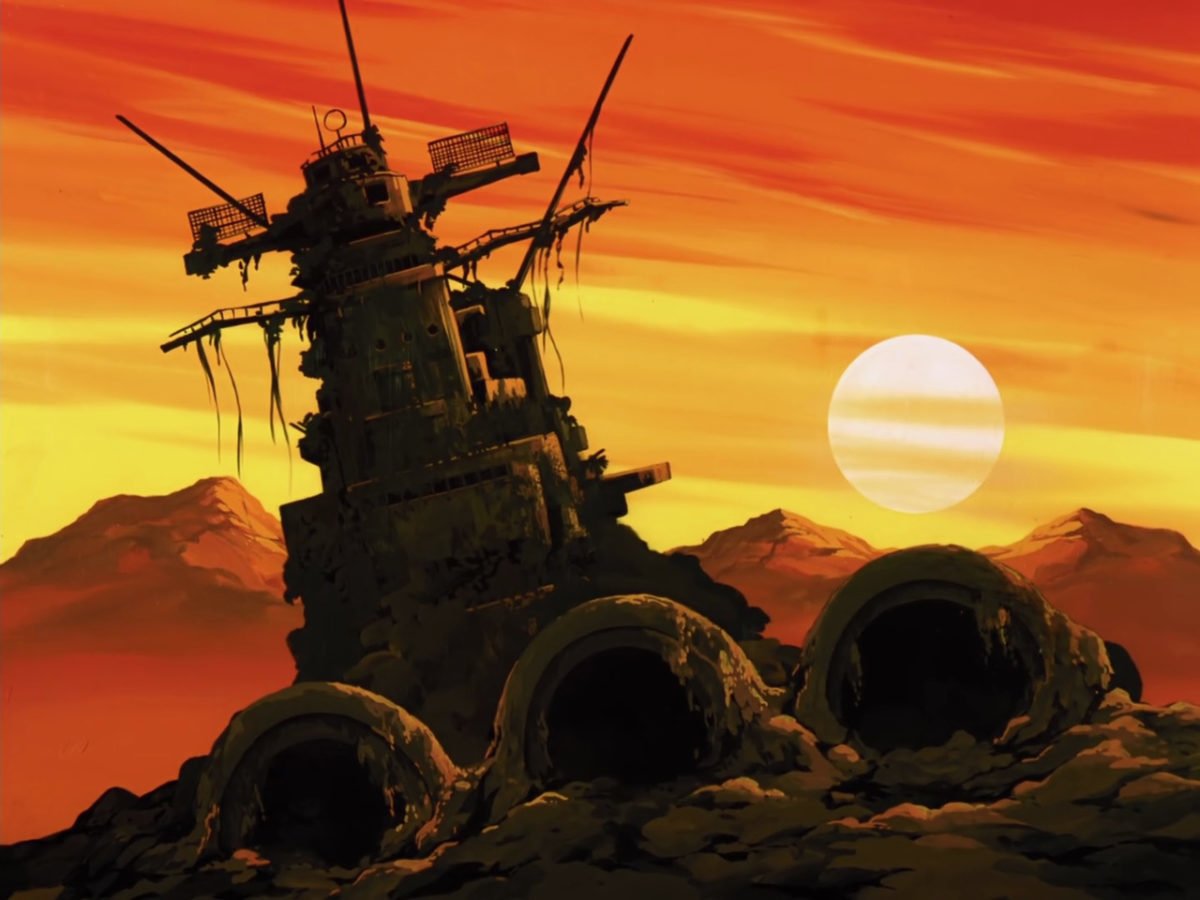
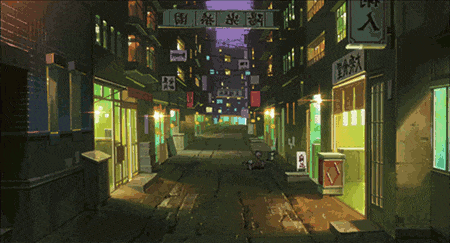
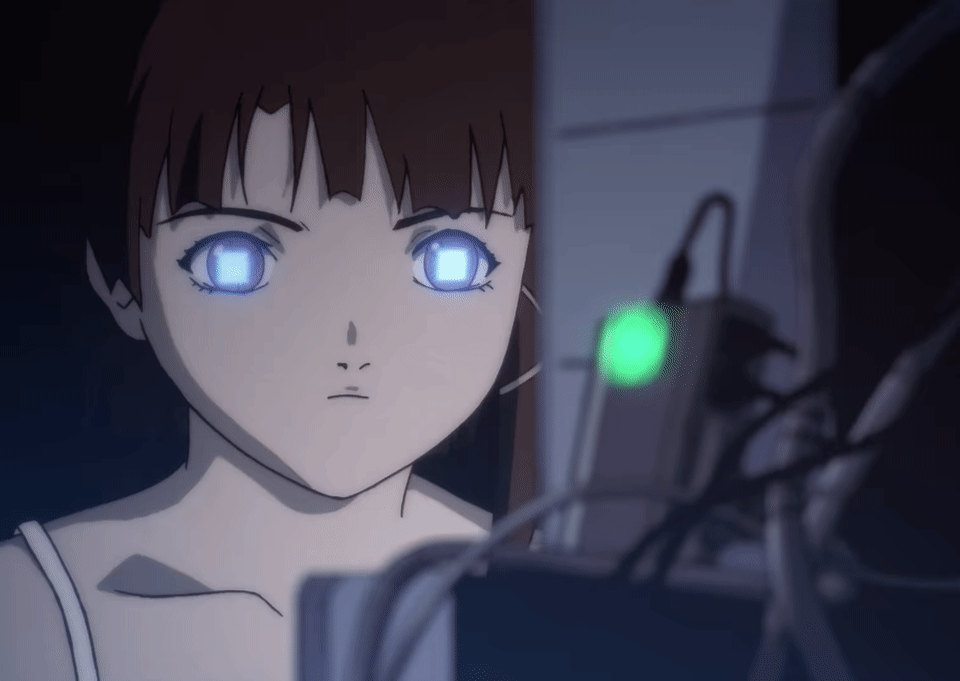
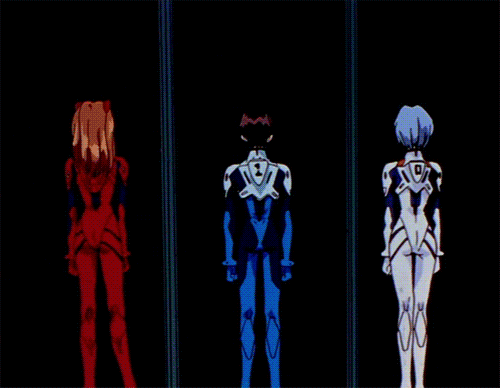
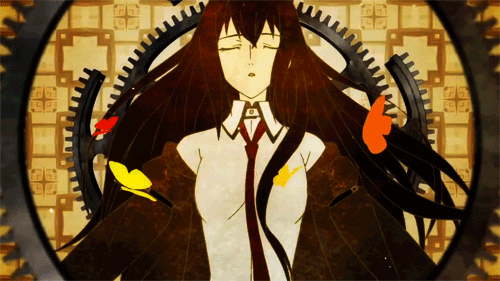
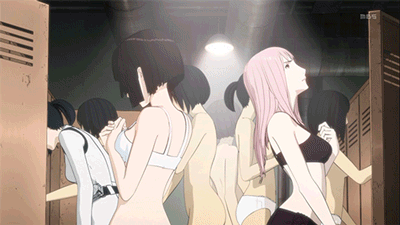
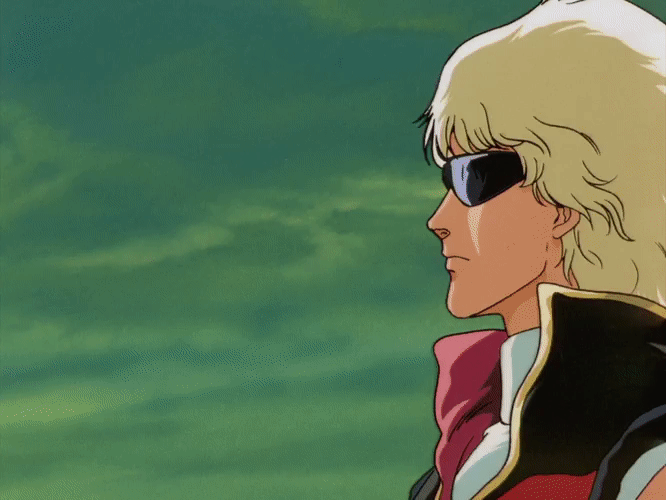
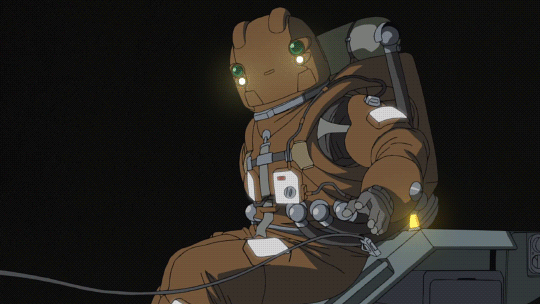
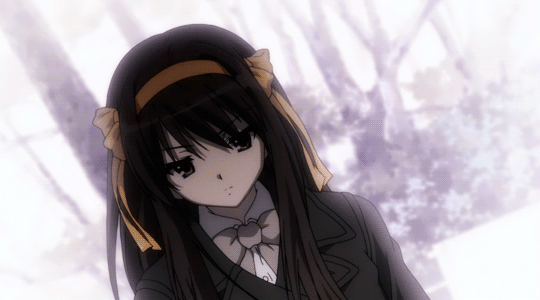
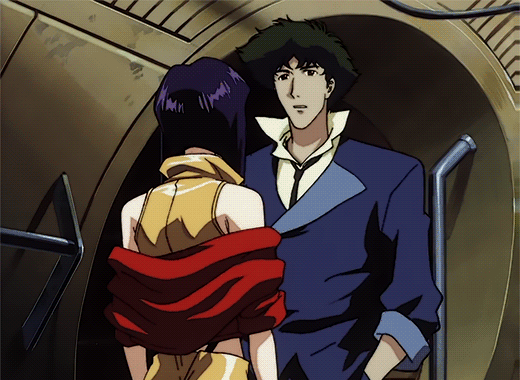
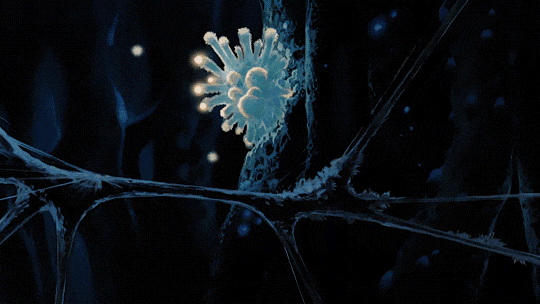
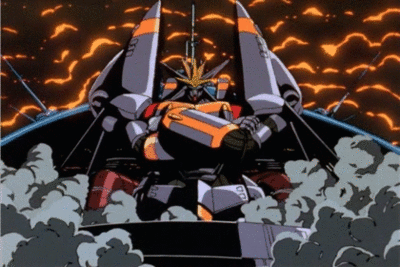
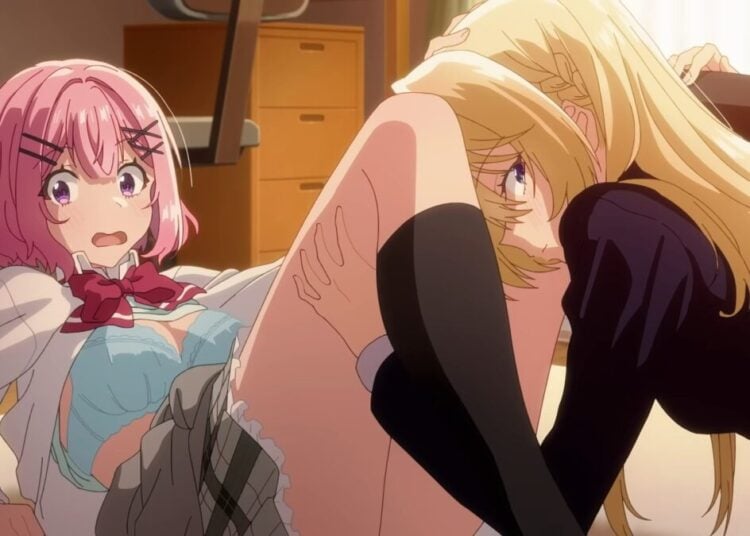
![Sawaranaide Kotesashi Kun Episode 12 [END] Featured Image](https://blog.jlist.com/wp-content/uploads/2025/12/Sawaranaide-Kotesashi-kun-Episode-12-END-Featured-Image-750x536.jpg)




